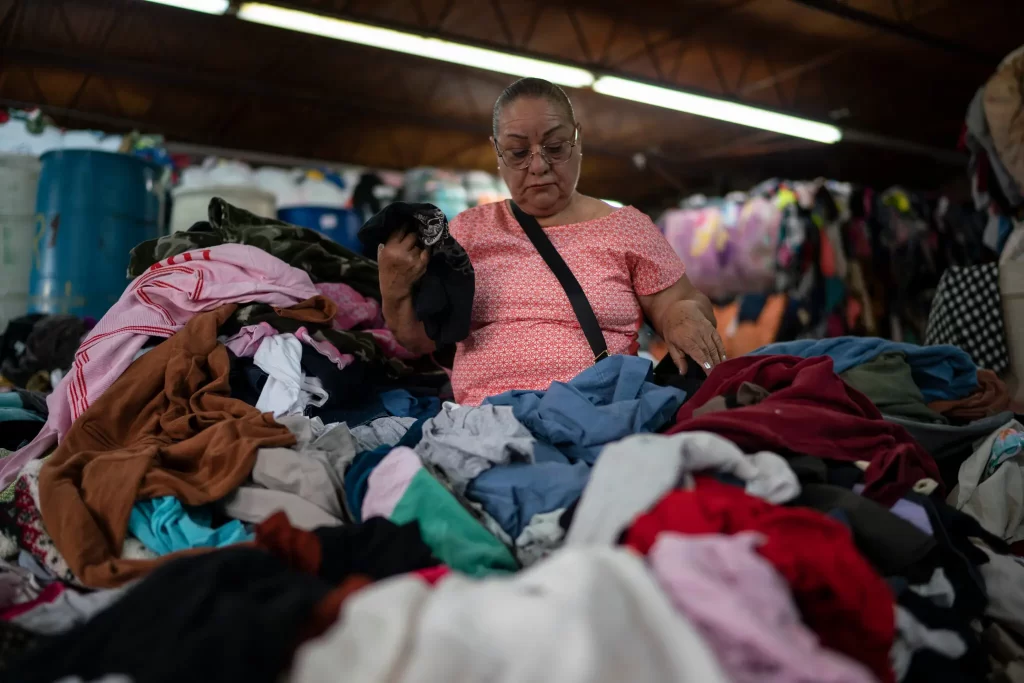In my Openness book, I give reasons why risky innovative start-ups at fragile early stages almost always need to be substantially self-funded. When close relatives invest, I include that as self-funding.
(p. A15) . . . “William F. Buckley Sr.: Witness to the Mexican Revolution, 1908-1922,” [is] a fascinating if uneven book by the independent historian John A. Adams Jr.
. . .
The business climate in Mexico was promising for foreigners like the Buckleys, thanks to the pro-development policies of its autocratic president, Porfirio Díaz, who would rule the country for more than three decades.
Buckley’s prominence among the American expatriate community made him a natural conduit between officials in the U.S. and Mexico once the latter country was plunged into chaos following the ouster of Díaz in 1911. Buckley was Zelig-like, cropping up repeatedly at key moments. He visited the U.S. Embassy in February 1913 during the Decena Tragíca (Ten Tragic Days), when Francisco Madero, Díaz’s successor, was overthrown in a coup led by Gen. Victoriano Huerta, instigating a spasm of violence that killed thousands in Mexico City.
. . .
Buckley favored Huerta, serving as the regime’s legal counsel in negotiations with the U.S. aimed at preventing hostilities between the two nations. He was thus dismayed by the ascendance of Venustiano Carranza and, later, Álvaro Obregón. Both leaders endorsed the Mexican Constitution of 1917, including Article 27, which asserted national ownership of natural resources while circumscribing the economic power of the church. These provisions horrified Buckley, who was a staunch believer in free-market capitalism as well as a devout Roman Catholic. In the bulletin of the American Association of Mexico, an advocacy group he founded in 1919, Buckley denounced the “dangerous Bolshevist movement” that had taken root in Mexico.
. . .
. . ., Mr. Adams consulted with several Buckley family members, including a descendant based in Mexico City, as well as Judge James L. Buckley, the sole survivor among the 10 children born to Will and his wife, Aloise. Judge Buckley, who recently celebrated his 100th birthday, contributed a foreword acknowledging the importance of Mexico to the family’s understanding of itself, writing that “it had somehow permeated our DNA.”
. . .
As another of his offspring once said, Buckley’s experience in Mexico “deepened his frontier suspicions of autocratic [leaders] (and big government in general), and this attitude dyes all his children strongly.” Surely that was true of Buckley’s favorite son, William F. Buckley Jr., who, after serving a short stint with the CIA in Mexico City (he, too, was fluent in Spanish), founded National Review in 1955, which remains one of the leading voices of the conservative movement. The elder Buckley helped fund his son’s upstart venture with a $100,000 contribution from a fortune that traced its origins to Mexico during the most tumultuous period of that nation’s history.
For the full review, see:
(Note: ellipses, and bracketed word, added.)
(Note: the online version of the review has the date March 26, 2023, and has the title “BOOKSHELF; ‘William F. Buckley Sr.’ Review: Conservatism’s Mexican Roots.”)
The book under review:
Adams, John A., Jr. William F. Buckley Sr.: Witness to the Mexican Revolution, 1908–1922. Norman, OK: University of Oklahoma Press, 2023.


